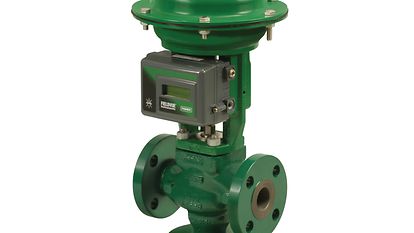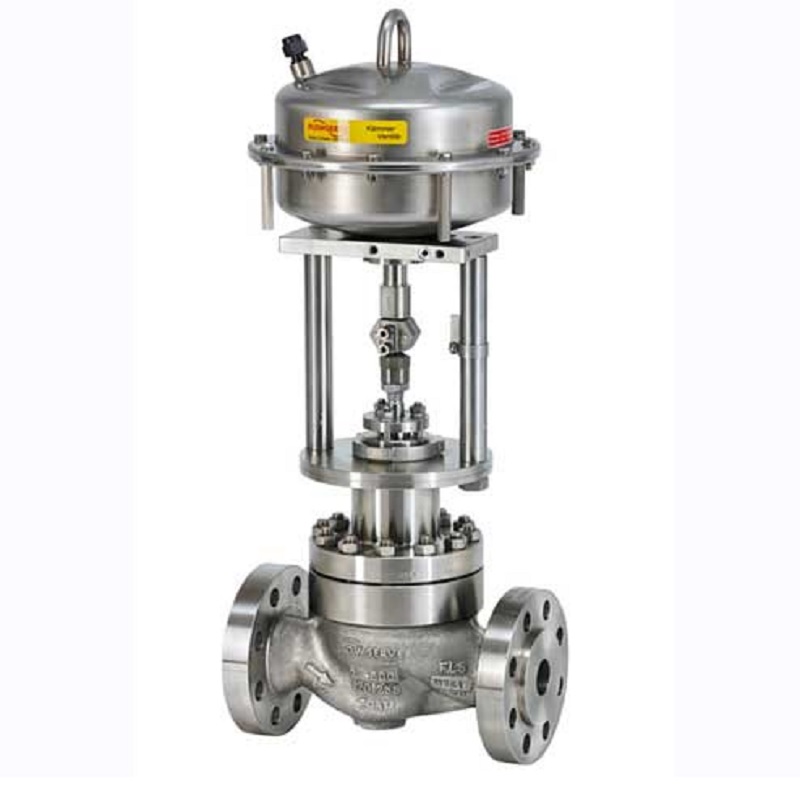Enhancing System Control with High-Performance Control Valves
Enhancing System Control with High-Performance Control Valves
Blog Article

Maximize Energy Cost Savings and Convenience With Advanced Structure Automation Controls
In the realm of modern-day style and facility administration, the combination of sophisticated structure automation regulates stands as an essential improvement. By using the power of automation, buildings can adapt, respond, and advance in ways that were as soon as unimaginable.
Power Performance Perks
Power efficiency advantages can dramatically reduce power intake and functional costs in buildings. By implementing energy-efficient methods and modern technologies, building owners and operators can attain considerable cost savings while likewise adding to environmental sustainability. One of the primary benefits of improving energy efficiency in structures is the reduction of utility expenses. Energy-efficient systems, such as sophisticated building automation controls, can enhance the use of resources like illumination, cooling, and heating, bring about reduced power expenses with time.
Furthermore, enhanced energy effectiveness can lengthen the lifespan of building devices and systems. By operating extra effectively, a/c systems, lighting fixture, and other structure parts experience much less damage, leading to decreased maintenance and replacement costs. In addition, energy-efficient structures often command greater residential property worths and rental prices, giving long-lasting economic advantages to owners.
Moreover, energy efficiency can enhance occupant comfort and productivity. Appropriately regulated indoor atmospheres with ideal lighting and thermal problems develop a more positive and conducive workspace, leading to improved staff member complete satisfaction and performance. Overall, the power performance benefits connected with advanced structure automation controls are diverse, including expense savings, environmental stewardship, and resident well-being.
Improved Convenience Control
Enhancing comfort control in structure environments requires an innovative assimilation of sophisticated automation systems for optimum owner well-being. By using sophisticated structure automation controls, facilities can customize the indoor environment to satisfy the details demands and choices of occupants. These systems make it possible for exact regulation of temperature, illumination, and air flow, producing a comfy and effective atmosphere. Occupant contentment and productivity are closely connected to thermal comfort, making it necessary to have systems in location that can adjust to altering problems in real-time.
Enhanced comfort control surpasses basic temperature modifications. It consists of functions such as individualized settings, occupancy sensors, and all-natural light usage to create a dynamic and responsive setting. By integrating these advanced controls, buildings can not just enhance comfort however also enhance power effectiveness by maximizing system operations based upon real occupancy and use patterns. Inevitably, prioritizing owner convenience through innovative automation systems results in an extra enjoyable and healthier interior environment.
Functional Performance Improvements

Additionally, the execution of real-time tracking and analytics tools allows building operators to recognize energy ineffectiveness and operational anomalies promptly. By continually monitoring power usage patterns and system performance metrics, adjustments can be made in real-time to enhance energy intake and guarantee peak operational discover this performance. control valves. Additionally, including demand reaction strategies right into building automation controls can additionally boost operational performance by dynamically readjusting energy use based upon grid problems and pricing signals
Indoor Climate Optimization
Efficient interior climate optimization is an essential facet of structure automation controls, making certain owners' convenience and well-being while making best use of power financial savings. By making use of sophisticated sensors and controls, building automation systems can continuously keep an eye on and change temperature level, humidity levels, air high quality, and ventilation to produce an optimum interior environment. Preserving comfortable and consistent problems not only boosts occupant complete satisfaction yet additionally increases efficiency and general wellness.
Interior environment optimization also plays an important duty in power effectiveness. By fine-tuning air conditioning, heating, and ventilation systems based on real-time information and tenancy patterns, constructing automation controls can considerably decrease energy consumption - control valves. For instance, carrying out methods such as demand-controlled ventilation and thermal zoning can help decrease power waste while making sure that each area of the structure gets the essential conditioning.

Lasting Atmosphere Development
Structure automation regulates not only optimize indoor environment conditions for power effectiveness and occupant comfort yet also lay the structure for creating a lasting environment through calculated management of systems and sources. By integrating innovative structure automation modern technologies, such as sensors, actuators, and smart software, centers can adjust and keep track of energy use in real-time to minimize waste and decrease their carbon impact. These systems make it possible for predictive maintenance, identifying prospective concerns prior to they escalate and enhancing tools performance to improve longevity and efficiency.
Furthermore, sustainable environment creation prolongs past power monitoring to encompass water conservation, waste reduction, and indoor air high quality enhancement. Structure automation controls can manage water usage, spot leakages, and make sure proper waste disposal techniques, adding to general sustainability initiatives. Furthermore, by controlling and monitoring ventilation and filtering systems, these technologies boost resident health and efficiency while lowering energy consumption connected with a/c procedures.
Final Thought
To conclude, progressed structure automation controls offer considerable benefits in regards to energy financial savings, convenience control, functional performance, interior environment optimization, and creating a lasting environment. By applying these controls, structures can attain optimal efficiency while decreasing energy consumption and improving owner comfort. It appears that the usage of advanced automation modern technology is important in enhancing structure performance and developing an extra lasting future.
Power effectiveness advantages can substantially decrease energy consumption and functional costs in structures. On the whole, the power efficiency advantages connected with advanced structure automation controls are diverse, including price savings, ecological stewardship, and resident wellness.
Additionally, including need action strategies into building automation controls can even more improve operational performance by dynamically readjusting energy use based on grid problems and rates signals.
Structure automation regulates not just maximize interior climate conditions for power effectiveness and occupant comfort yet likewise lay the structure for producing a lasting atmosphere Source via tactical monitoring of resources and systems.In conclusion, advanced structure automation manages offer considerable benefits in terms of power cost savings, convenience control, operational effectiveness, interior climate optimization, and developing a lasting atmosphere.
Report this page